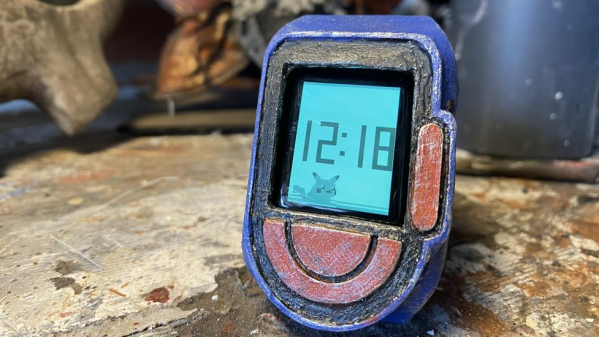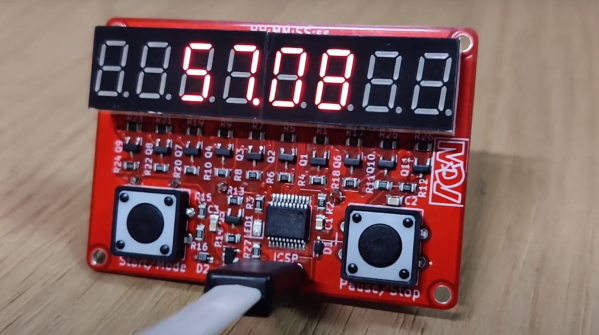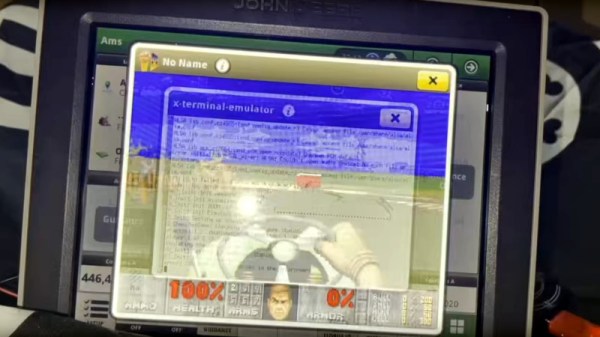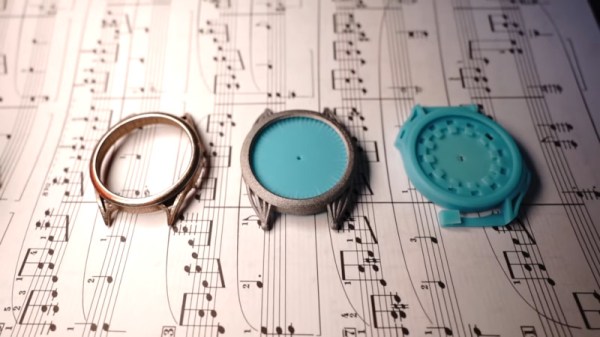In Pokemon Diamond and Pearl and the ensuing modern re-releases, the player is given a computer called a Poketch to assist on their journey. [DistressedOwl] decided to build one for real.
The build starts with an Apple Watch, which provides a capable smartwatch platform and a quality display. It’s then given a snap-on case that’s 3D printed in PLA. [DistressedOwl] decided to use model painting techniques to give the build a worn-in, distressed look, which feels fitting for a watch belonging to a rough-and-tumble Pokemon trainer.
The Apple Watch runs a custom app via Test Flight which mimics the appearance of the in-game Poketch. It includes various screens like a basic map and Pikachu looking melancholy next to a digital watch. Sadly, the dowsing app in the Poketch won’t help you find hidden items on the ground.
It’s a build that reminds us of some great Pip-Boy builds over the years. It would make the perfect addition to a Pokemon cosplay, too. Just don’t forget to take some Pokeballs along too!


















